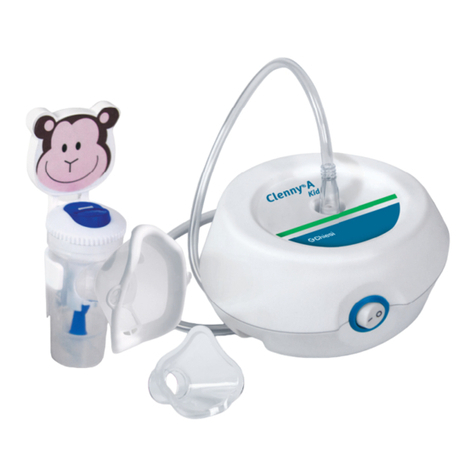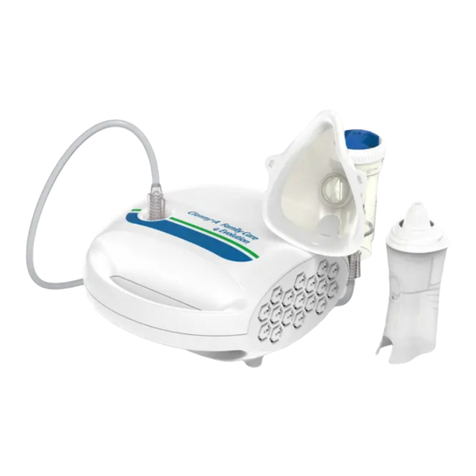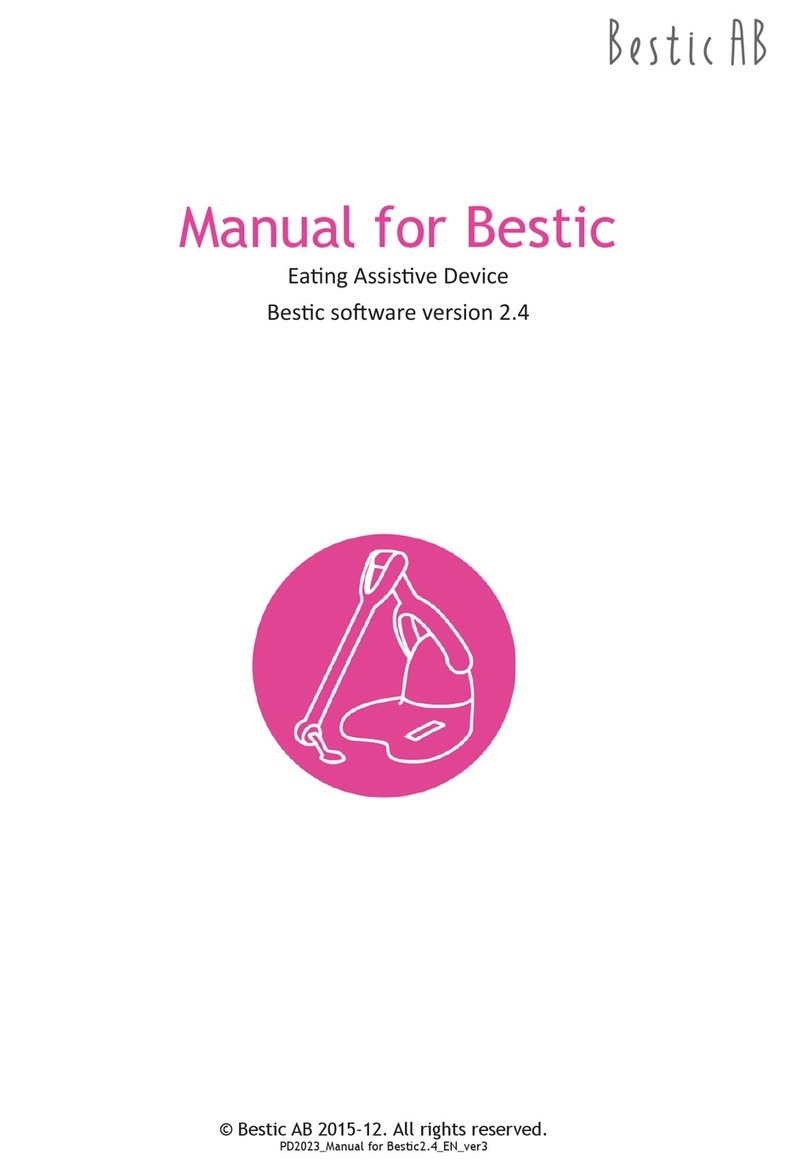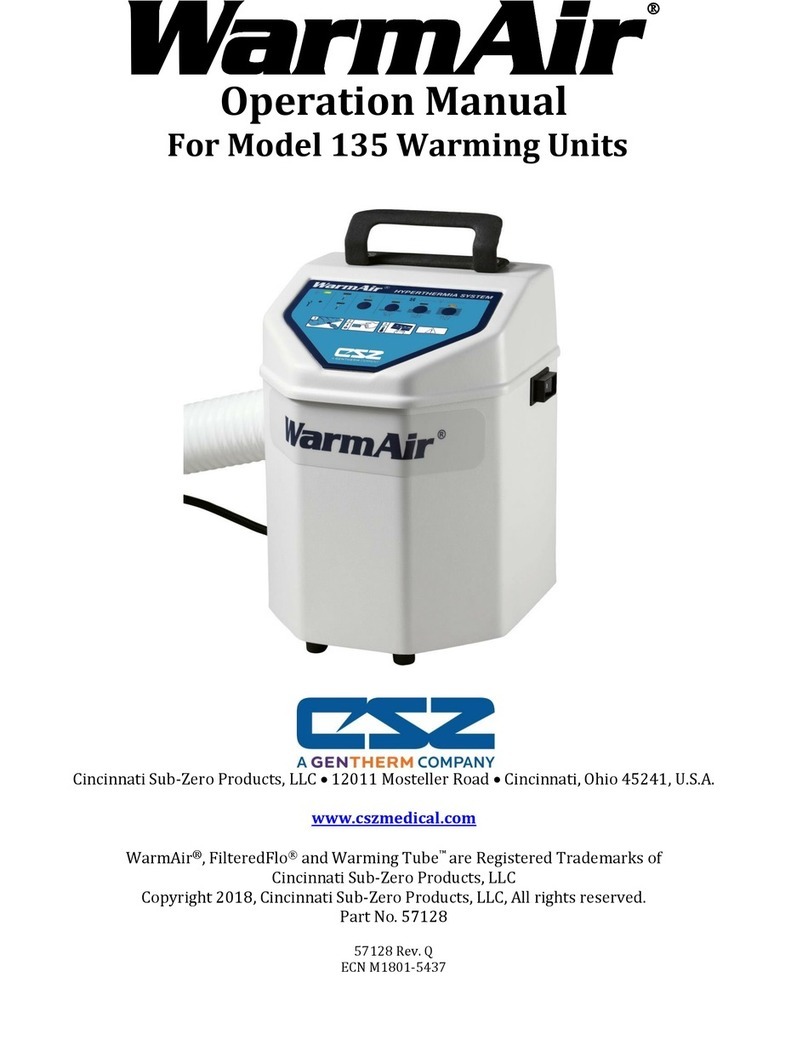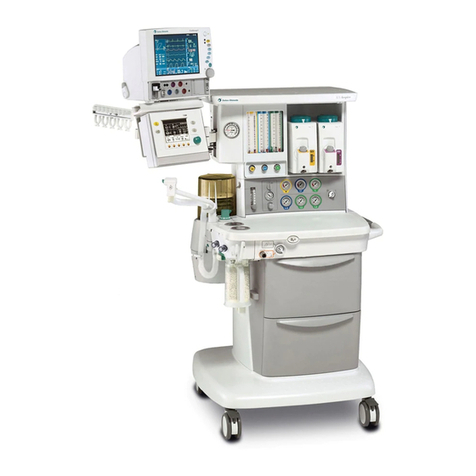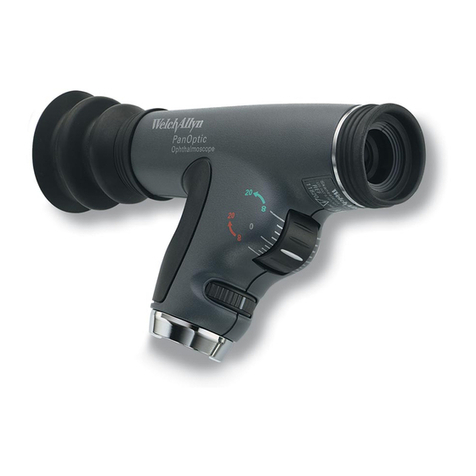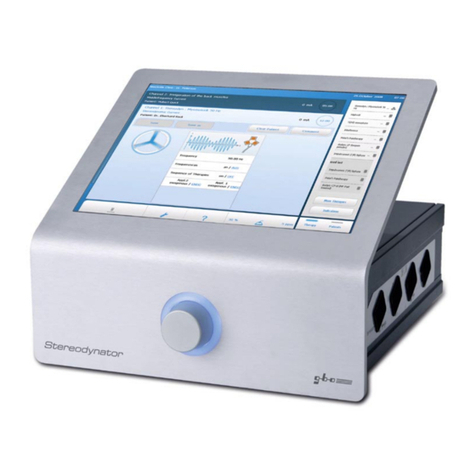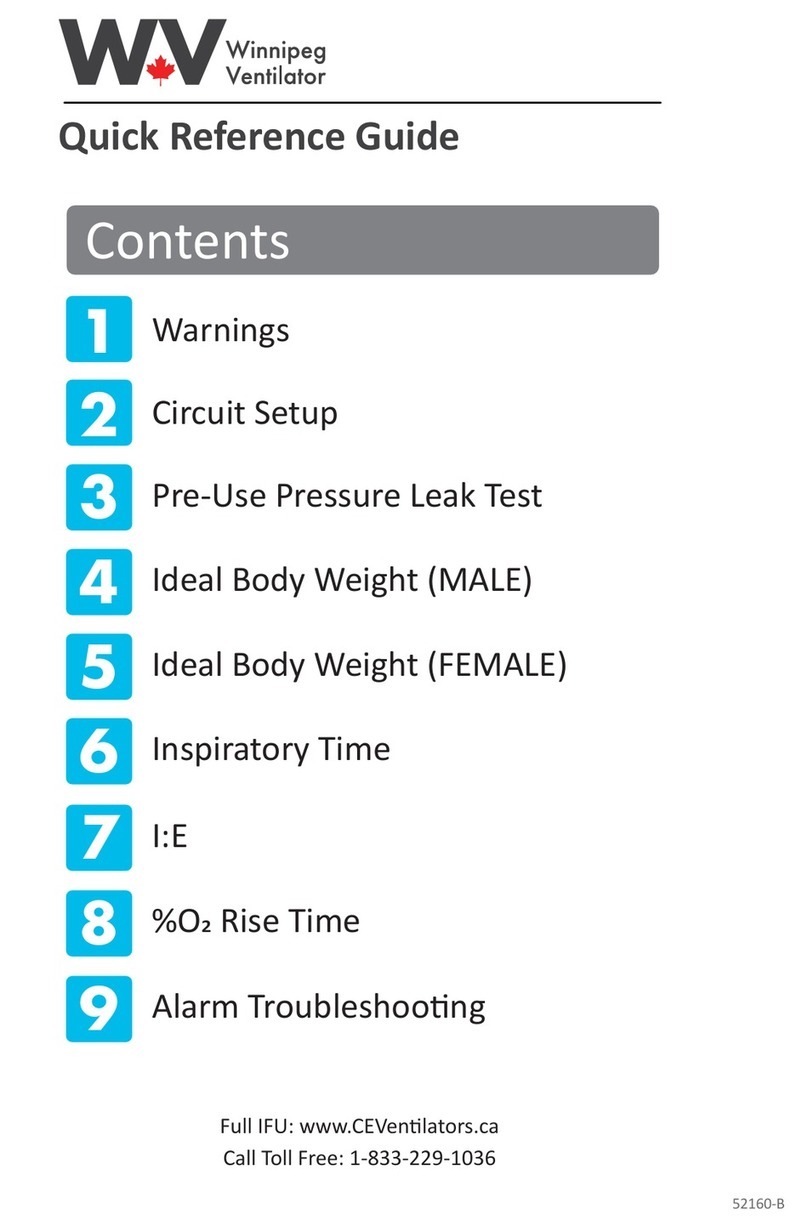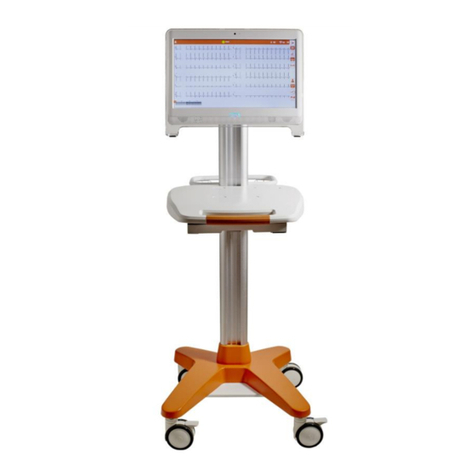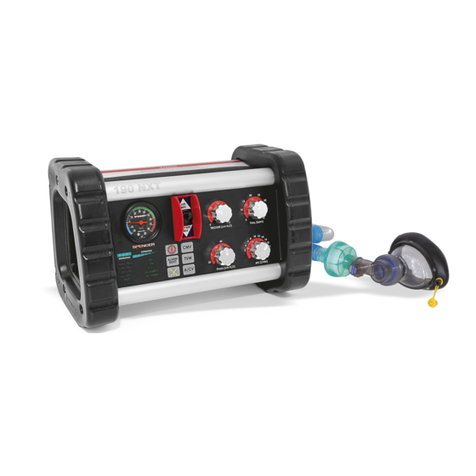Chiesi Clenil Modulite User manual

For when you have been prescribed
Clenil®Modulite®(beclometasone)
USER GUIDE
Your doctor, nurse or pharmacist has prescribed your
Clenil inhaler to help control your asthma. By taking your
inhaler regularly, you can help to prevent your symptoms.
Please refer to the patient information leaet for detailed information about your medicine.
Provided byPage 1 of 3
Why have I been
prescribed Clenil?
Clenil is available in 4 different strengths. Your doctor will
have decided which strength you need.
Always use your inhaler exactly as your doctor has
told you. You should check with your doctor, nurse or
pharmacist if you are not sure. It takes a few days for
your inhaler to work. It is very important that you use it
regularly as prescribed by your doctor.
The starting dose will depend on how severe your
asthma is - your doctor will prescribe the lowest dose of
Clenil that will control your symptoms.
How often should
I use my inhaler?
Do I have to take my inhaler when
I have no symptoms?
Understandably, when you don’t have any symptoms,
it can be easy to forget to take your treatment or to feel like
you do not need to. You must use your inhaler every day,
even when you are feeling well. Regular use of your inhaler
is the most effective way to keep you feeling this way.
UK-CLE-1900030 Oct 2019
How do I use my inhaler?
Follow the next ve steps to use your inhaler,
making sure not to rush yourself.
Before using your inhaler for the rst time or if it has
not been used for 3 days or more, release 1 puff into
the air to make sure it is working properly. Whenever
possible, sit or stand in an upright position when using
your inhaler.
- Your inhaler includes a dose indicator that counts
down in intervals of 20.
- If you are testing your inhaler for the rst time, the
dose indicator should read 200.
- You should get a replacement when the indicator
shows the number 20.
- Stop using the inhaler when the indicator shows 0 as
any puffs left in the device may not be enough to give
you a full dose.
- Take your inhaler to your pharmacist for disposal and
get a new one.
Remove the protective cap
from the mouthpiece and
check that the mouthpiece is
clean and free from dust, dirt
or any foreign objects.
STEP 1
Breathe out as far as is
comfortable.
STEP 2
Hold the inhaler upright as shown and
put your lips around the mouthpiece.
Do not bite the mouthpiece.
STEP 3
Breathe in slowly and deeply through
your mouth and, just after starting to
breathe in, press down on the top of the
inhaler to release 1 puff whilst continuing
to breathe in slowly and deeply.
STEP 4
Hold your breath for as long as is
comfortable and, nally remove
the inhaler from your mouth and
breathe out slowly. Do not breathe
into the inhaler.
STEP 5
Your doctor, nurse or pharmacist will advise
you on how Clenil should be taken in combination
with any other medication and provide you with
an action plan to help you manage your
respiratory symptoms.
What is in my inhaler?
Your Clenil inhaler contains a medicine called a
corticosteroid (beclometasone) that helps to reduce
swelling and inammation.
ASTHMA
PREVENTER
To take a second pu, keep your inhaler in
the upright position for about half a minute,
then repeat steps 2to 5.
IMPORTANT: Do not rush steps 2to 5.
After use, close your inhaler again with
the protective cap.

Page 2 of 3
Your doctor may have prescribed a spacer, called
a Volumatic™Spacer to be used with your inhaler.
Follow the next 9 steps to use your inhaler with a spacer.
Don’t forget to refer to the information leaet that comes
with the Volumatic™Spacer, or speak to your doctor,
nurse or pharmacist for more information or help on how
to use and clean it.
Using the inhaler with the Volumatic™Spacer device
with a face mask may help in children under 5 years.
Before using your inhaler for the rst time or if it has not
been used for 3 days or more, release 1 puff into the air
to make sure it is working properly. Whenever possible,
sit or stand in an upright position when using your inhaler.
How do I use my inhaler
with a Volumatic™Spacer?
UK-CLE-1900030 Oct 2019
Remove the protective
cap from the mouthpiece
and check that the
mouthpiece is clean and
free from dust, dirt or any
foreign objects.
STEP 2
Insert the mouthpiece of your inhaler into the
at end of the spacer.
STEP 3
Breathe out as far as is comfortable.
STEP 4
Press down on the top of your inhaler canister
once to release one puff into the spacer.
STEP 6
Fit the two halves of
the spacer together.
Line up the notch on
one half with the slot
on the other, then
press together.
STEP 1
Take one deep steady breath or breathe normally
in and out 5 times (tidal breathing). You should hear
the mouthpiece valve ‘click’ or rattle as you breathe
through it. If you don’t hear it, tilt the spacer up slightly
and try again. Remove the spacer from your mouth.
STEP 7
Wait 30 seconds and repeat steps 4-7 if a second
puff is prescribed.
STEP 8
Remove the inhaler from the spacer and replace the
inhaler protective cap.
STEP 9
ASTHMA
Put the mouthpiece of the spacer to
your lips. Seal your lips around the
mouthpiece.
Do not bite the
mouthpiece.
Do not put your
lips over the
side holes of
the mouthpiece.
STEP 5
VolumaticTM is a registered trademark of the
GlaxoSmithKline Group of Companies.
Provided by

Page 3 of 3
UK-CLE-1900030 Oct 2019
Where can I nd
more information?
To nd out more about asthma and using your inhaler,
you may nd the following contacts and websites useful:
Asthma UK
www.asthma.org.uk
Helpline: 0300 222 5800
British Lung Foundation
www.blf.org.uk
Helpline: 03000 030 555
NHS 111 Ser vice (non-emergency)
www.england.nhs.uk/urgent-emergency-care/nhs-111/
Telephone: 111
Chiesi Respiratory
www.ChiesiRespiratory.co.uk
This website has been provided by Chiesi Ltd.
This leaet is not intended to replace the advice of your
healthcare professional. If you have any queries about
your medication please speak to your doctor, nurse or
pharmacist.
ASTHMA
You are having an asthma attack if:
•Your symptoms continue to get worse after
you have used your reliever inhaler.
•Your breathing is getting faster and it feels like
you can’t get your breath in properly.
•You are too breathless to speak, eat or sleep.
How do I know if I’m
having an asthma attack?
What should I do if I’m having an
asthma attack?
What to do in an asthma attack:
A) Sit up straight – don’t lie down. Try to keep calm.
B) Take one puff of your reliever inhaler (usually blue)
every 30-60 seconds, up to a maximum of 10 puffs.
C) If you feel worse at any point while you’re using your
inhaler or you don’t feel better after 10 puffs or you’re
worried at any time, call 999 for an ambulance.
D) If the ambulance is taking longer than 15 minutes
you can repeat step B.
If your symptoms improve and you
do not need to call 999 or a doctor:
•You should still make an urgent same day
appointment with your doctor, nurse or pharmacist
for an asthma review.
Reporting of side effects: If you get any side effects, talk to your doctor, nurse or pharmacist. This includes any possible side effects not listed in the package leaet. You can also report
side effects directly via the Yellow Card Scheme at: www.mhra.gov.uk/yellowcard. By reporting side effects you can help provide more information on the safety of this medicine.
Provided by
Other Chiesi Medical Equipment manuals
Popular Medical Equipment manuals by other brands
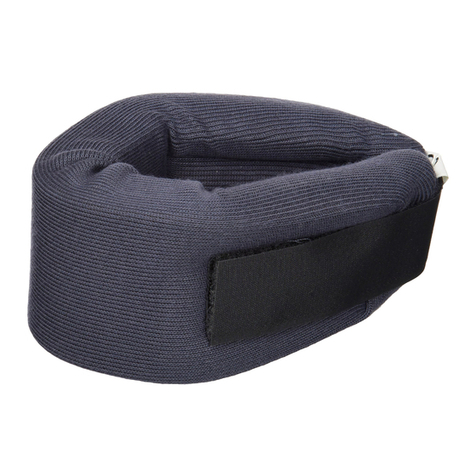
Orliman
Orliman CC2106 INSTRUCTIONS FOR USE AND PRESERVATION
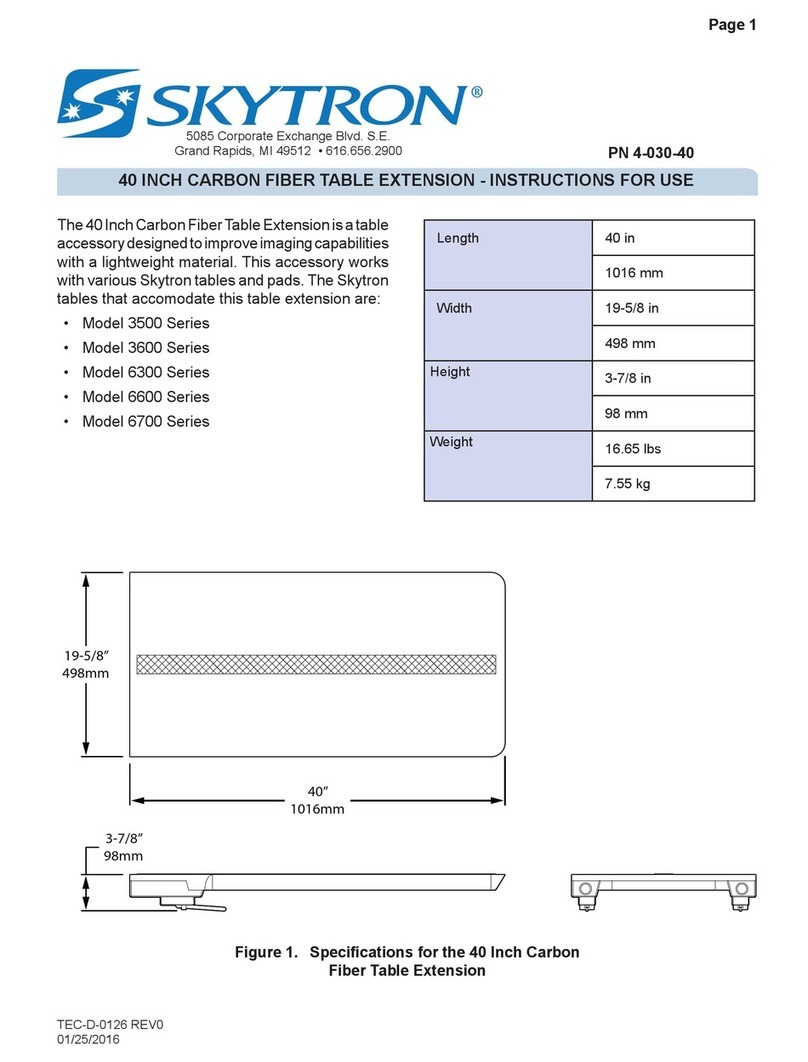
Skytron
Skytron 3500 Series Instructions for use

Otto Bock
Otto Bock Dino 3 Service manual

HydraBeauty
HydraBeauty SPA08 user manual
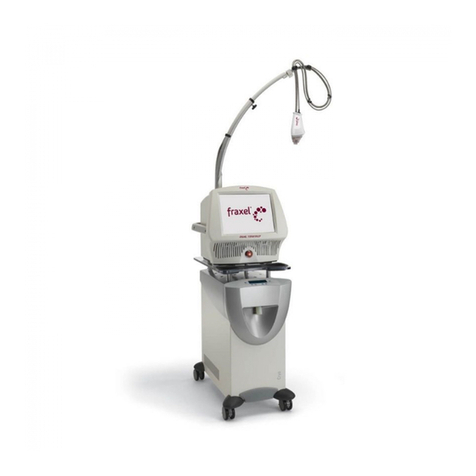
Solta Medical
Solta Medical Fraxel 1550 Operator's manual
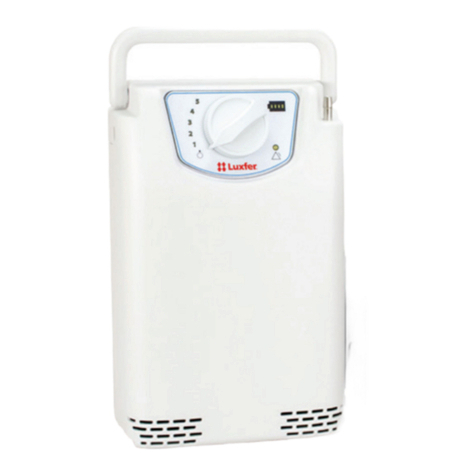
Luxfer
Luxfer EasyPulse 1901-765 Series Instructions for use
